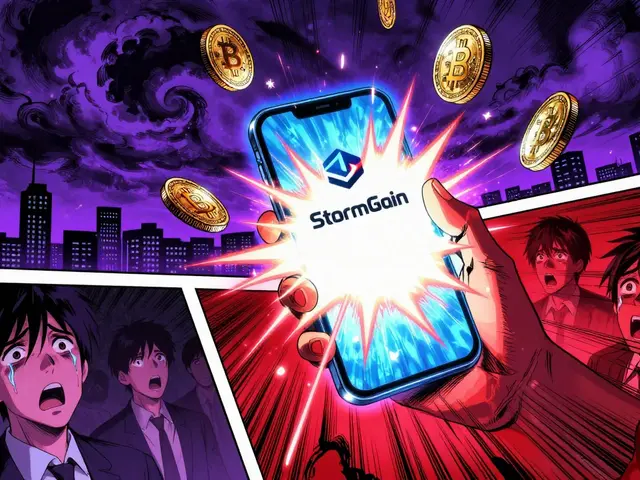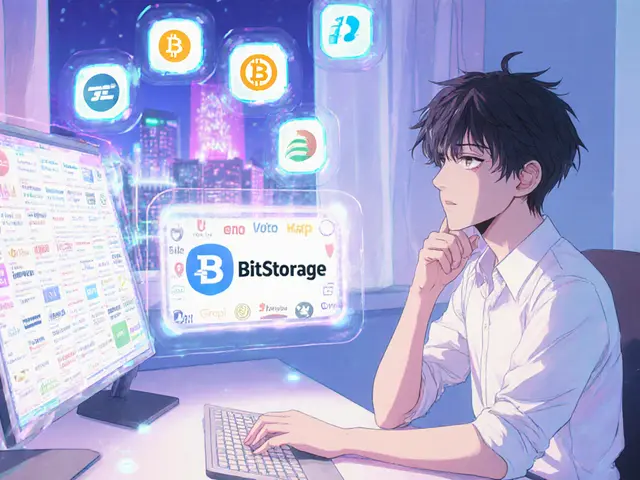DeFi Exchange: The Essentials You Need to Know
When navigating DeFi exchange, a platform that lets users trade crypto assets without a central authority, you’re stepping into a world built on blockchain. Also known as a Decentralized Exchange (DEX), a peer‑to‑peer market where trades happen directly between wallets, a DeFi exchange relies on Liquidity Pools, smart‑contract reserves that provide the assets needed for instant trades and enables Token Swaps, the swapping of one cryptocurrency for another without intermediaries. In plain terms, you can think of a DeFi exchange as a digital marketplace where the store shelves are filled by code, not by a company.
How DeFi Exchanges Pull It All Together
At its core, a DeFi exchange encompasses token swaps – that’s the basic action you perform when you trade ETH for USDC, for example. But you can’t just swap out of thin air; you need a source of liquidity. That’s where liquidity pools come in. They hold pairs of tokens (like ETH/USDC) and let anyone trade against them instantly. The more funds in a pool, the less price impact you feel, which is why many projects incentivize users to provide liquidity and earn a share of the trading fees.
Another piece of the puzzle is the DEX aggregator. Think of it as a price‑comparison engine for crypto. It scans dozens of exchanges, finds the best rates, and routes your trade through the optimal path. This improves price discovery and reduces slippage, especially for larger orders. Services like 1inch or Paraswap are popular examples that many DeFi traders rely on daily.
Security is a hidden but vital layer. Most modern DeFi exchanges run on proof‑of‑stake (PoS) blockchains, and those networks stay secure thanks to validator nodes. Validators lock up stake, propose new blocks, and earn rewards while risking slashing if they act maliciously. Their role directly influences the reliability of the exchanges built on top of the chain – a broken validator set can halt swaps and put funds at risk.
Beyond simple swaps, DeFi exchanges open the door to advanced strategies like yield farming and liquidity mining. By staking LP (liquidity provider) tokens, users can earn extra tokens from the protocol itself. This creates a feedback loop: more rewards attract more liquidity, which in turn makes the exchange more attractive for traders. It’s a virtuous cycle that powers many of the hottest projects you’ll see in our article list.
When you start exploring a new DEX, there are a few practical checks to run. First, look at the total value locked (TVL) in its pools – that’s a quick health gauge. Next, review the fee structure; some platforms charge a flat 0.3%, others offer tiered fees based on volume. Finally, verify that the platform has undergone a reputable security audit; the few that haven’t often end up in hack reports.
All of these concepts – from liquidity pools and token swaps to aggregators and validator nodes – thread through the articles you’ll find below. Whether you’re hunting for the best DEX review, learning how a specific aggregator works, or figuring out the risks of a new yield farm, this collection gives you solid, hands‑on knowledge to make confident moves in the DeFi world.
A deep review of Uniswap v4 on World Chain covering its new hooks, gas savings, cross‑chain features, security, and how it compares to v3 and competitors.
Read More





